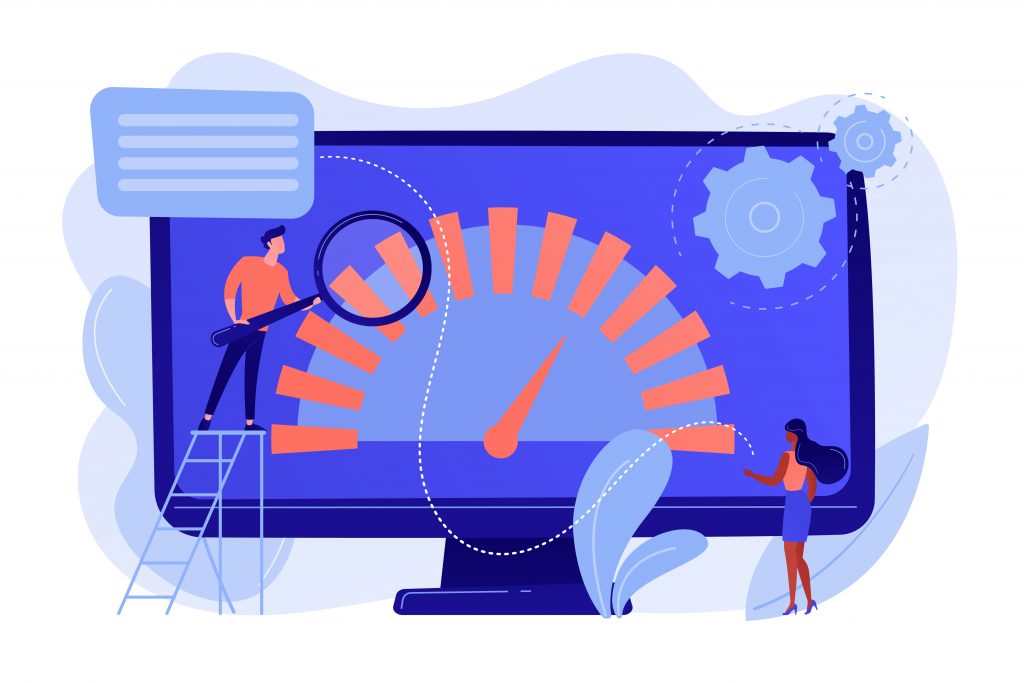In Part 1 of the “Your Journey to the Cloud” guide, we covered Cloud Assessment & Planning. In Part 2, we covered Cloud Transformation & Implementation. This final part covers ongoing Optimisation & Improvement.

Cloud Optimisation & Improvement
Having delivered your new cloud capability, it is time to embed and build on your achievements so far. To ensure the success of this part of the journey, you should focus on a set of Skills, Methods and Tools that are Repeatable, Maintainable, and Scalable.
Many early digital deliveries and implementations are very much learning experiences for an organisation, using a small discrete team and some new technologies and techniques. However, for your Journey to the Cloud to truly succeed in an organisation you need to put in place some sustainable agile capabilities. We talked through the People, Processes and Technology required for Digital Transformation in Part 2 of this blog. The key to being able to repeat this success on subsequent projects is to put in place a standard set of Skills, Methods and Tools:
Skills
In most flavours of Agile there are three main roles that are required to achieve optimal results:
- Product Owner: Represents the voice of the customer and is responsible for the prioritised backlog and for maximising the return on investment. Part of this role’s responsibility includes documenting user stories or requirements for the project
- Scrum Master (Team Lead): Acts as the coach responsible for facilitating and guiding the team, obtaining resources when required, and removing impediments that keep the team from doing their work. The Scrum Master role often encompasses the soft skills of project management more than planning and technical skills
- Agile Team: Team Members are the creatives within an Agile Team. There are a variety of roles within this – in the world of software development these roles are usually held by coders, testers and UX specialists working within application development
Top Tip: With agile skills still in short supply, be prepared to invest in the training and education of your existing staff both to reduce the labour costs but also to retain and motivate the employees you need to support your Journey to Cloud.
Methods
Most Journeys to the Cloud are undertaken using an agile approach. Within Agile, there are several methodologies that can be chosen to provide structure and focus to the successful delivery of new digital capabilities. The main methods are:
- Scrum: The most popular Agile methodology is Scrum. Scrum focuses on breaking a project down into sprints and only planning and managing one sprint at a time. The teams track their progress on Scrum boards which have the following sections: backlog, to do, in progress, and done tasks
- Kanban: Kanban is all about visualising your work, limiting work in progress, and maximising efficiency (or flow). Kanban teams focus on reducing the time a project takes (or user story) from start to finish. They do this by using a Kanban board and continuously improving their flow of work
In addition, there is a growing acceptance for the need to integrate development and operations (DevOps) to provide a faster and more effective way to get new capability live.
Top Tip: All agile methods will create rapid, high-quality deliverables, so don’t get hung up on which method to choose. Instead consider taking the best techniques and forging them into an approach that works for your organisation.
Tools
There are a variety of tools to support agile development. They can be broken down into the following (non-exhaustive) categories:
- Agile Programme Management (APM): To make the best use of agile methodology, your team may want specialized PM software and tools, such as monday.com, Jira, Asana, etc. APM software enable different teams across an organization to develop products, manage projects, and deliver results quickly at a sustainable pace. Most of these tools are; customisable to fit a team’s unique workflow; highly visual to promote transparency; and collaborative to facilitate interaction among stakeholders
- DevOps: For a company to completely harness the power of DevOps, requires tooling to take care of five major processes, i.e., Communication (Slack, Yammer), Continuous Integration/Continuous Deployment – CI/CD (Jenkins, Bamboo), Configuration Management (Chef, Puppet), Security (Gerrit, Sonarcube) and Monitoring & Alerting (Raygun, Nagios)
- Code Management: The two main code management tool requirements are for a source code repository to provide distributed version control (GitHub, GitLab) and build automation (Maven, Gradle). For container-based architectures, containerisation platforms such as Docker or Kubernetes will be required.
Top Tip: Many of the toolsets to support agile are appearing, evolving and disappearing rapidly, so look into their future viability before investing heavily.
So, in summary, the Journey to Cloud has many components that can be broken down into discrete phases. Searchlight has helped many organisations grow their own capabilities and confidence through their entire cloud journey. Contact us for more information.



